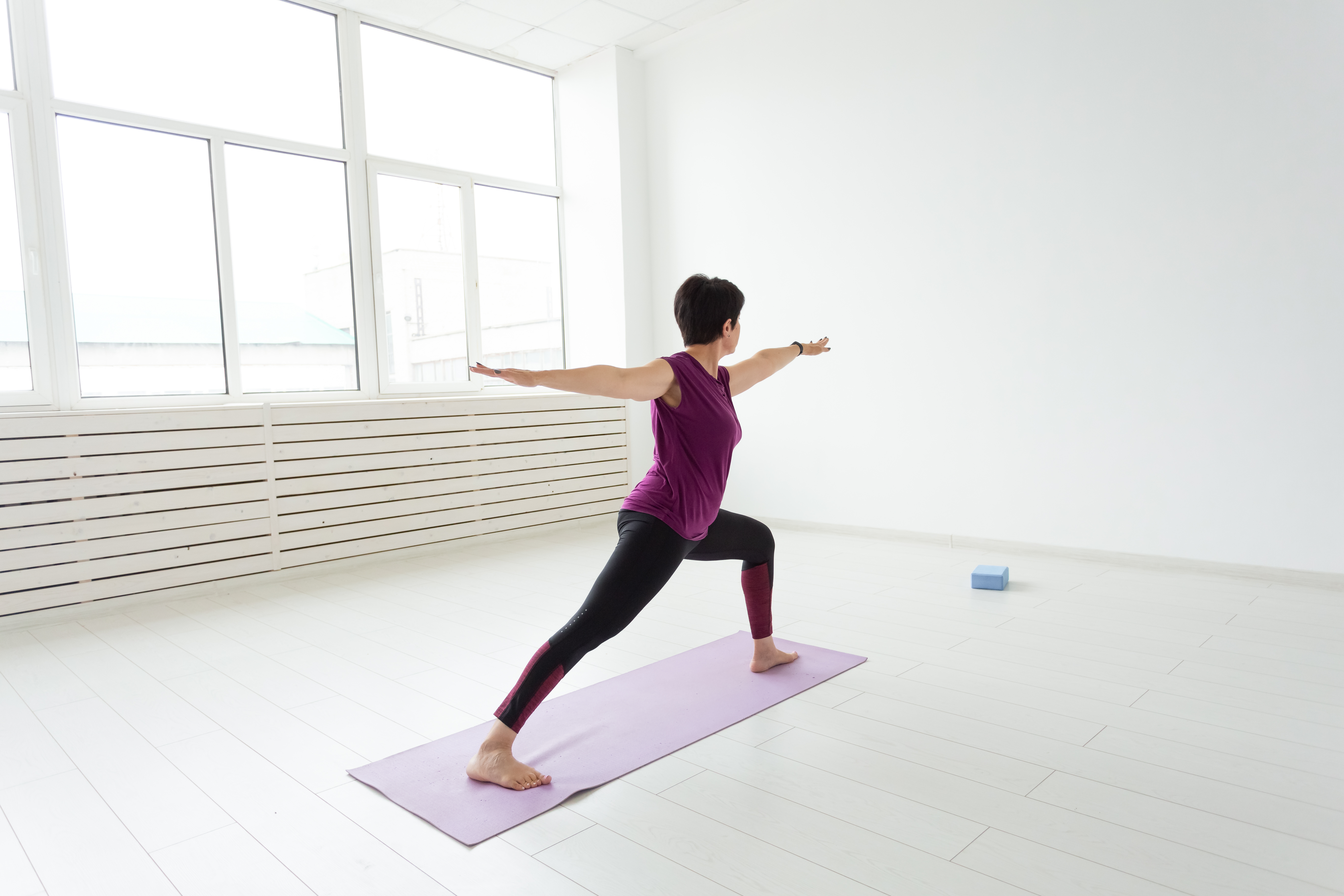21 Simple Strength Habits That Slow Aging After 50
Getting older? It doesn't have to mean slowing down! The real goal is to age with power – to keep that youthful spark, maintain your independence, and live life to the fullest. It's not about some impossible "fountain of youth," but about taking charge of your well-being and building a body that supports your dreams. We're talking about more than just looking good; it's about feeling strong, energetic, and ready for whatever life throws your way. We've expanded our guide to bring you 21 effortless strength habits that can help you redefine aging. These aren't grueling workouts, but smart, science-backed strategies you can easily weave into your day. Get ready to discover how to build resilience, keep those muscles working hard, and boost your overall health. It's time to turn aging into an empowering adventure!
1. The Power of Consistent Resistance Training

Resistance training is a cornerstone of maintaining strength and muscle mass as we age. After 50, muscle loss accelerates, potentially leading to decreased mobility and increased risk of falls. Incorporating resistance training into your routine can counteract these effects, preserving muscle strength and enhancing bone density. This doesn't mean you need to lift heavy weights; even bodyweight exercises like squats, lunges, and push-ups can be highly effective. Consistency is key. Aim for at least two to three sessions per week, focusing on all major muscle groups. Resistance training not only strengthens muscles but also improves metabolic health, reduces the risk of chronic diseases, and boosts mental well-being. By committing to this habit, you're investing in a stronger, healthier future.
2. Flexibility and Balance: The Unsung Heroes

While strength is crucial, flexibility and balance are equally important in the aging process. As we age, our muscles and joints naturally become less pliable, increasing the risk of injury. Incorporating activities like yoga or tai chi can significantly enhance flexibility and balance, reducing the likelihood of falls and improving coordination. These practices also offer mental health benefits, such as stress reduction and improved focus. Flexibility exercises should be performed regularly, ideally every day, to maintain joint health and prevent stiffness. Balance exercises, such as standing on one leg or heel-to-toe walking, can be easily integrated into daily routines. By prioritizing flexibility and balance, you create a foundation for a more agile and resilient body.
